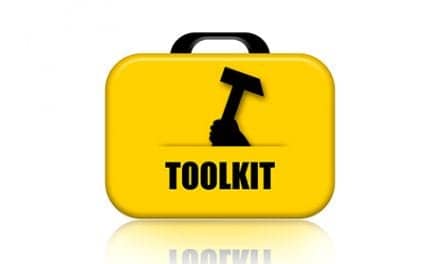April 17, 2008
The American Society for Parenteral and Enteral Nutrition (ASPEN) announces the release of a position paper titled Enteral Feeding Misconnections: A Consortium Position Statement, published in the May issue of The Joint Commission Journal on Quality and Patient Safety. The statement brings to light what the organization characterizes as, "An important and often fatal complication," in which tube feeding formula is accidentally connected to intravenous or other lines or catheters for which it was not intended.
Patients receiving tube feeding therapy, or enteral nutrition, are unable to feed themselves and are frequently among the most critically ill patients. These patients are also often connected to many other types of tubes such as IVs, oxygen, or drainage tubes. Enteral tube feeding, ASPEN reports, should be placed into the stomach, and when it is mistakenly hooked to another tube such an error is called an "enteral misconnection".
One family affected by this complication recently told their story to the lead author of the paper issued by ASPEN. According to the organization, a young pregnant woman was erroneously given tube feeding formula into her IV line, resulting in the death of her 35-week fetus, and shortly thereafter, the death of the patient as well. The patient’s mother stated, "There were multiple mistakes made by more than one person that led to the death of my daughter and granddaughter. Human error, short staffing, and disregard for hospital standards all played a role in this tragedy.
"However, I believe if the enteral feeding bag had not been accessible to regular IV tubing the other mistakes would not have come into play," the patient’s mother said.
This enteral feeding misconnections article includes a definition of the problem, descriptions and concerns with existing enteral feeding systems in the marketplace, and contributing factors that can lead to this complication. Recommended solutions are also highlighted, including changes in health care education and human factors, better purchasing strategies, and manufacturing design changes. ASPEN states that addressing this problem requires cooperation from the enteral equipment industry, health care purchasing groups and clinicians.
Since the collaboration of the position paper consortium began, and through advocacy efforts by many others, stakeholders are beginning discussions to initiate improvements and ASPEN reports that manufacturers are implementing significant changes in enteral system designs
Source: American Society for Parenteral and Enteral Nutrition


